Cultural Appropriation on Halloween: When Costumes Become Harmful
October 30, 2019
There is a difference between cultural appreciation — which usually has elements of fluidity, exchange and education—and cultural appropriation. This line between borrowing and exploitation is unfailingly crossed during the Halloween season.
In an interview with Jezebel, Fordham law professor and author of “Who Owns Culture? Appropriation and Authenticity in American Law” Susan Scafidi defined cultural appropriation. “[It’s] taking intellectual property, traditional knowledge, cultural expressions or artifacts from someone else’s culture without permission. This can include unauthorized use of another culture’s dance, dress, music, language, folklore, cuisine, traditional medicine, religious symbols, etc,” she said.
Cultural appropriation is rooted in colonialism, when colonial powers exploited both the resources and cultures of the people they conquered. People often borrow certain aspects of a culture that are linked to the underlying pain and suffering of this colonialism and discrimination without realizing that the linkage even exists. Through not acknowledging that different cultures have different pasts — some more painful than others — this cultural borrowing becomes ignorant and insensitive.
The Huffington Post mentions power relationships as an essential part of determining whether something is borrowing or appropriation: “For example, cultural borrowing from Africa must be considered in the context of historical power asymmetries between Africa and the rest of the world. This is particularly the case with European powers, which developed trading relationships and spheres of influence in Africa.”
The historical power dynamics between continents like Africa and Europe, in which relationships were extractive rather than mutually beneficial, make a huge difference in determining whether cultural borrowing can be hurtful. Borrowers often fail to recognize and compensate the creators of the culture they borrow, similar to the way that colonizers failed to recognize them.
An incredibly offensive appropriation practice that was more common in previous decades, but is still prevalent, is blackface. Any skin darkening is a blatant form of cultural appropriation. Rather than appreciating culture, skin darkening is an attempt to take on the identity of a culture. The full identity of a culture, however, includes its past, which a person has not lived unless they are genuinely a part of that culture.
Kim Kardashian, among countless other celebrities, has been accused of cultural appropriation on several occasions, most of which involved appropriating African American and hip-hop culture. She has worn Fulani braids and grills, tanned to the point of looking like she used blackface in a KKW ad and named her shapewear line Kimono (the shapewear line has since been renamed SKIMS in response to backlash about using Japanese culture as a branding opportunity and an unsavory wordplay on her name). Writer Mary Anderson responded to Kardashian’s blunders on Revelist in 2018: “It’s upsetting that grills worn by black people are mocked as low-class, but on Kardashian it’s applauded as a fashion statement.”
Amandla Stenberg, actor and activist, made a similar comment in a YouTube video titled “Don’t Cash Crop My Cornrows,” published in 2015. “Appropriation occurs when a style leads to racist generalizations or stereotypes where it originated, but is deemed as high fashion, cool, or funny when the privileged take it for themselves,” she said.
This is often a criticism of cultural appropriation — that an actual community is discriminated against for a certain aspect of their culture, while others from outside of that culture are praised for adopting it. Fulani braids, also called box braids, and dreadlocks are common examples of this.
Other common elements of cultural appropriation include, but certainly are not limited to, traditional Native American headdresses and clothing, sombreros, ponchos, costumes stereotyping the Romani people, bindis, geisha costumes and “blaccents.”
The line between appreciating and appropriating becomes fuzzier when considering costumes of characters. Disney’s Moana costumes received backlash immediately after the movie’s release in 2016. The Maui costume was pulled from shelves eventually due to the brown long-sleeved shirt featuring traditional tattoos worn by Polynesian chiefs. “You’re literally wearing someone else’s identity,” Neal Lester, Arizona State University’s Project Humanities director told USA TODAY.
Some refute cultural appropriation as a whole, since no culture is completely original and uninfluenced by another. However, each culture is original in its own ways and has certain rights to its own symbols, clothing and beliefs that others should not attempt to take over. They should attempt to understand the history of cultures from which they borrow, including any instances of oppression and marginalization. A culture’s entire history must be taken into consideration when borrowing parts of it.
Cultural appropriation can perpetuate harmful stereotypes about a culture and minimize their past and current oppression. When privileged people take elements from cultures that have not been historically privileged and make those aspects into something they can hold temporarily and at will, we need to recognize the harm in it.


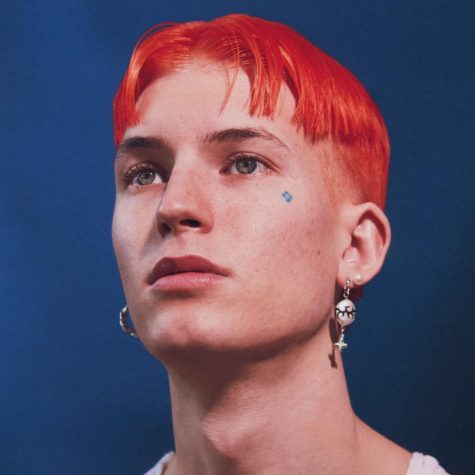
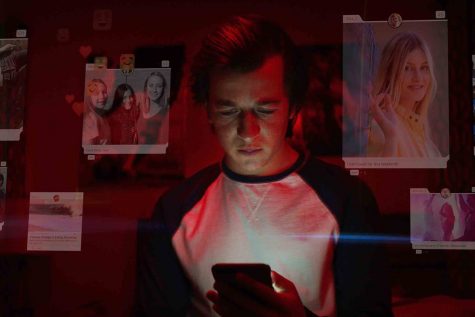


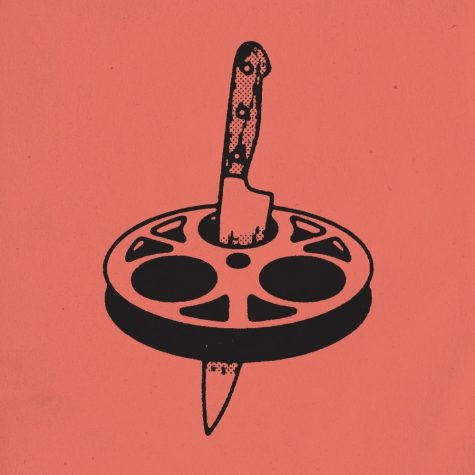
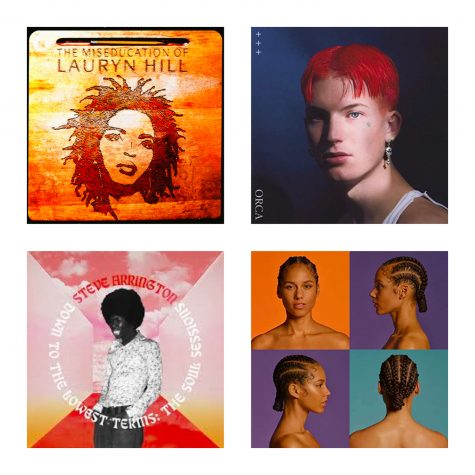
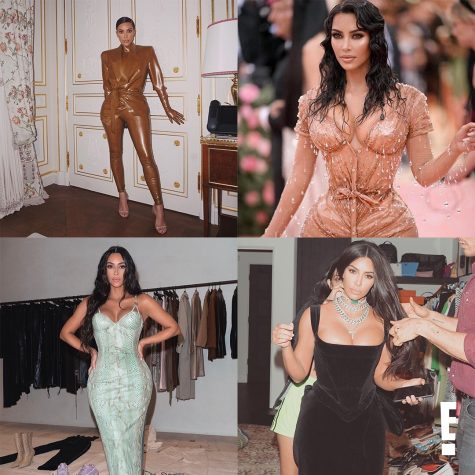



If you want a picture to show with your comment, go get a gravatar.